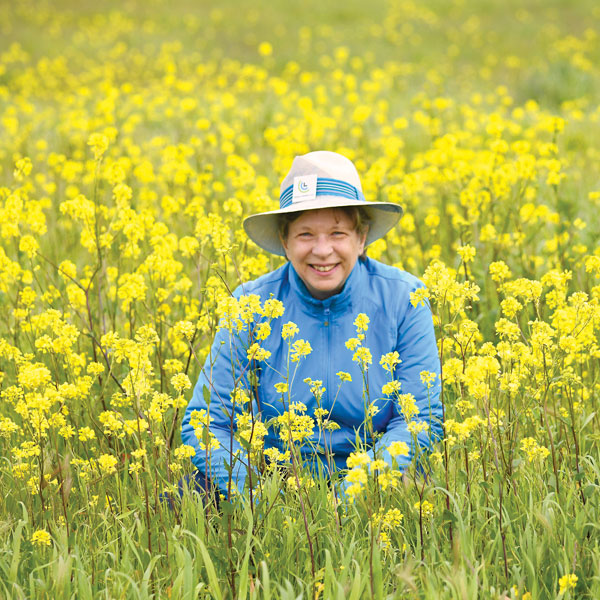Volunteers Give Back
Big Break
Le’la Aaron hesitated when her older sister Adina encouraged her to join Breakthrough Sacramento. Who wants to go to school during the summer? But the decision to join the tuition-free college preparatory program changed her life.
“Breakthrough was the most helpful in that I got extra attention and I had more time to understand each topic before it was brought up in the classroom the next year, so I was already somewhat ahead,” says Aaron, a UC Davis freshman.
For 30 years, Breakthrough Sacramento has provided intensive, six-week academic programs during the summer for under-resourced students in seventh through 12th grades on the campus of Sacramento Country Day School.
Life Coach
Kids on Foy Reynolds’ YMCA basketball teams learn more than sports skills. They learn life lessons.
“I coach by the Y’s core values: respect, responsibility, caring and honesty,” Reynolds says. “I start getting kids in second grade all the way through seventh, which is an important time in their life. They play hard and they win, but they earn it because they work hard. I bring out the best in a person. That’s my job.”
Taking Action
If your organization needs public support, you need Edith Thacher.
The Natomas resident has decades of experience bringing people together. She’s been in the Peace Corps, a community development specialist working on women’s issues in Sudan, Niger, Mauritania and Singapore, and a project consultant for public agencies.
Now, Thacher is a citizen lobbyist for the Sacramento-Roseville chapter of the Citizens’ Climate Lobby, which she co-leads with Lisa Howard.
Unlocking Potential
Kristy Venrick-Mardon brings bunnies and goats from Only Sunshine Sanctuary, her Elverta animal rescue, to interact with students at Meristem. But it’s not just playtime.
It’s a way for Meristem’s young adults with autism and other neurodiversity to master new skills.
“The students learn how to interact calmly and not stress out the animals,” says Venrick-Mardon, who founded her animal sanctuary in 2018. “At first, every student wanted to touch every animal. Now, they’re more patient and check in with the animal to make sure it’s comfortable.”
Venrick-Mardon didn’t intend to start a sanctuary. When she bought her house 11 years ago, she just wanted it filled with animals.
Kitty Whisperer
Barbara Dow is in her happy place, a chair in the cattery at the Sacramento SPCA, playing with two 8-year-old stray cats who are being socialized.
“Rowdy has eye problems, but he knows my voice,” Dow says. “He’s not up for adoption right now, but they did take him to UC Davis to see what they can do for him. The other one, Rachel, is shy, but she loves me and lets me rub her tummy.”
Dow has volunteered at SSPCA since 2018 and is lead mentor at the cattery. She trains other volunteers to work with the shelter’s felines, among the 6,000 stray or surrendered animals the nonprofit receives each year.
Better To Give
“If there’s any legacy I’d like to leave in my nonprofit life, it would be that I showed up, I did the work and made it as fun as possible,” John Frisch says. “I always tried to bring positive energy and humor to these organizations so it wouldn’t seem like work. People are working hard enough. Making it fun is the key.”
Frisch speaks from experience. He’s been a member of The Salvation Army Advisory Board for 27 years. He served as past chair and oversaw the organization’s successful $7.4 million capital campaign.






